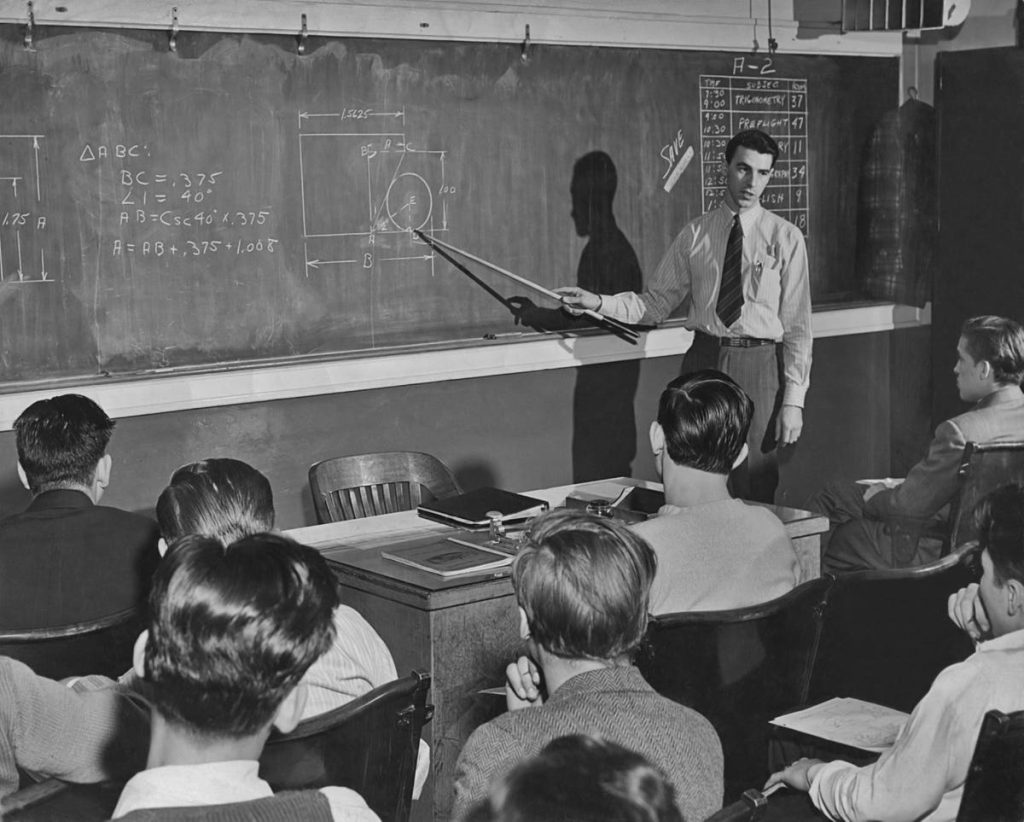David Bressoud, a mathematics professor at Macalester College and former president of the Mathematical Association of America noted that the number of students taking calculus in high school jumped from 30,000 in 1980 to over 800,000 today. He attributes this to changes in college admissions standards at highly selective colleges. “You are not going to get into Duke if you haven’t taken calculus, even if you plan to major in French literature.”
He notes that more than half of students who take calculus in high school come from families with a household income above $100,000 a year, only 15 percent of middle-income students and 7 percent of those in the poorest 25 percent of families take the course.
An article in Education Week noted that the Bureau of Labor Statistics found that “jobs that require data literacy and statistics are among the 10 fastest-growing occupations in the country.” Jo Boaler, a professor of Math Education at Stanford, quoted a study that found only 12% of professionals use algebra, trigonometry or calculus regularly and only 2% use calculus.
Indeed, there is actually a surplus of STEM graduates in the US. Hal Salzman, a Professor of Public Policy at the Edward J. Bloustein School of Planning and Public Policy at Rutgers University, writing in a BLS publication notes that “for every two students graduating with a U.S. STEM degree, only one is employed in STEM and that 32 percent of computer science graduates not employed in information technology attributed their situation to a lack of available jobs.” He also found that the US Census found that 74% of those who graduated with a STEM degree are not working in a STEM profession.
Why are so many elite colleges expecting their applicants to take calculus? Because they can. Admissions rates at the most selective colleges, averaging around 20% in 1980 are now in the low single digits. These colleges have raised the bar to such a high level for minimum consideration as an easy way to cull the applicant pool. But is the expectation of calculus helping them to admit students prepared for the 21st century?
Boaler has been a major force in changing math requirements for graduation and college admissions in California. She advocates for alternatives to the traditional math curriculum, She has called swaths of algebra II as irrelevant as “sock darning and shorthand.” One math teacher agreed, noting that a calculus track is appropriate for those going into engineering or similar fields but “if you are interested in business or the humanities or social sciences, there are different paths you might go, even if you are a top-achieving math student.”
Her efforts led to an extensive report in California that resulted in a revision of the state math requirements and changes in some college’s admissions requirements. The report’s section dealing with high school, Mathematics Framework Chapter 8: Mathematics: Investigating and Connecting, High School, emphasizes collecting and considering data, analyzing data, interpreting results and formulating statistical investigative questions. For the last two years of high school, students can take Computer Science, Statistics, Data Science or Financial Algebra to meet graduation requirements.
An article in the LA Times found that only 65% of public high schools offered calculus. Only 38% of 26,300 public high schools with high proportions of Black and Latino students offered calculus. Similarly, more than half of students who take calculus in high school come from families with a household income above $100,000 a year, only 15 percent of middle-income students and 7 percent of those in the poorest 25 percent of families take the course.
Cal Tech, one of the most selective colleges in the country, has altered their requirements for students who do not have access to calculus, physics or chemistry. Students can take the Khan Academy’s free course instead, if they score 90% or better on a certification test. They will also accept, in lieu of a high school calculus, physics or chemistry course, a score of 5 on AP exams and a score of 6 or 7 on International Baccalaureate exams in those subjects.
Boaler advocates data-based math courses that allow students to grapple with real-life problems. Tonya Clarke is a math teacher in Clayton County North Carolina, which is 92% Black and Hispanic and half of students are living in households below the poverty level. She noted that she needed “to figure out how to get the students to understand [math] and enjoy it. And that challenge was addictive: What else can I get them to enjoy?” Her solution: changing instruction to emphasize real-world problems where they would problem-solve, discuss their ideas with peers, and explain their reasoning.
The California Mathematics report urges schools to promote investigating, questioning, and problem-solving in math instruction. They, and others, advocate data-based math courses that allow students to grapple with real-life problems. It is long past time for the most selective colleges to lead the way by promoting alternatives to the calculus track for students not pursuing STEM fields. This will enable the students they admit to tackle the real world problems of the 20th century.
Read the full article here










